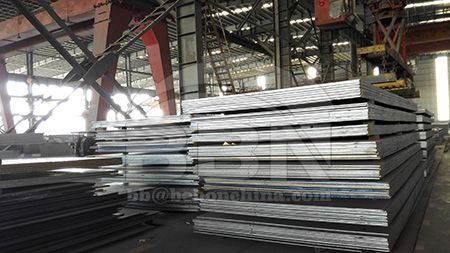
When weak demand persists in the steel industry, it can result in a second decline in steel prices. Weak demand indicates reduced buying activity from industries and sectors that rely on steel, such as construction, automotive, and manufacturing.
With decreased demand, steel producers may face excess inventory and a surplus of supply in the market. To reduce their inventories and compete for customers, producers might lower their prices, leading to a decline in steel prices overall.
The second decline in steel prices can have several implications. On the positive side, it may make steel products more affordable for consumers, potentially increasing demand in the long run. However, for steel producers, it can lead to reduced profit margins and financial strain, especially if they are unable to effectively manage their costs and adapt to the changing market conditions.
During periods of weak demand and declining prices, steel companies often focus on optimizing their operations, controlling costs, diversifying their customer base, and exploring new market segments or export opportunities to mitigate the impact and regain profitability.
Just like you, 70% customers choose long-term cooperation with BBN steel not only for our good product and service quality, good reputation in the international market, but also for our experienced one-stop raw material supply and further steel processing!
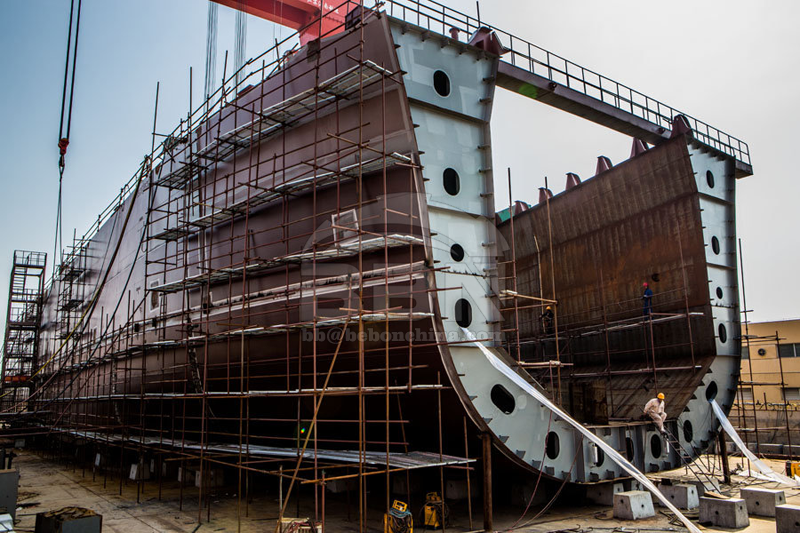


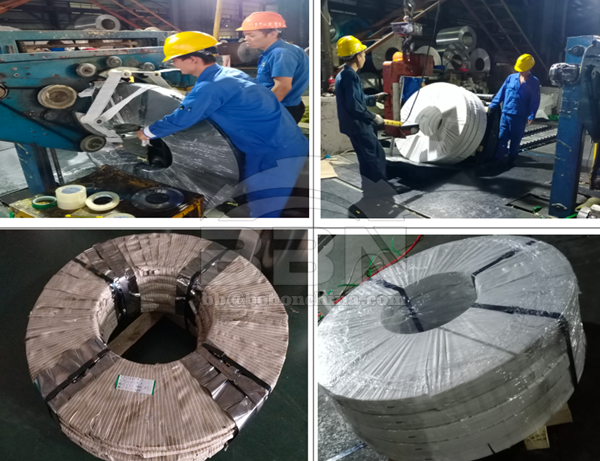

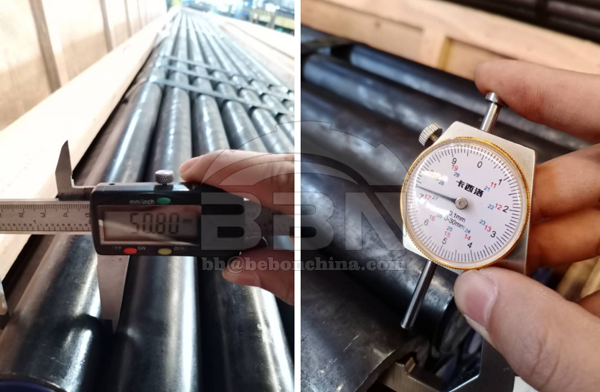
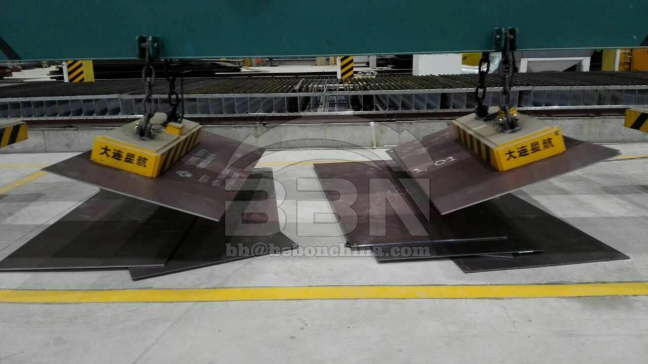
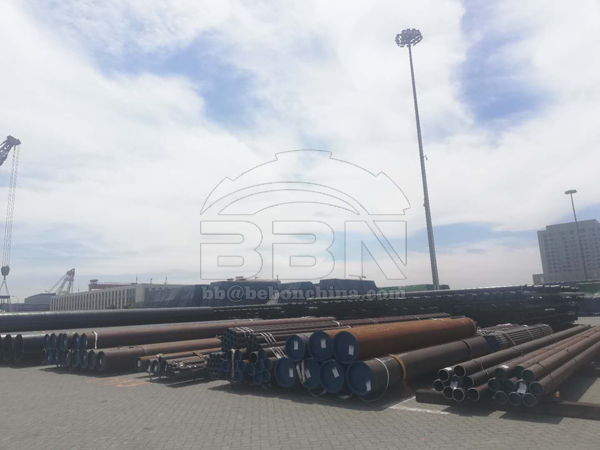
Henan BEBON Iron&Steel co.,ltd.